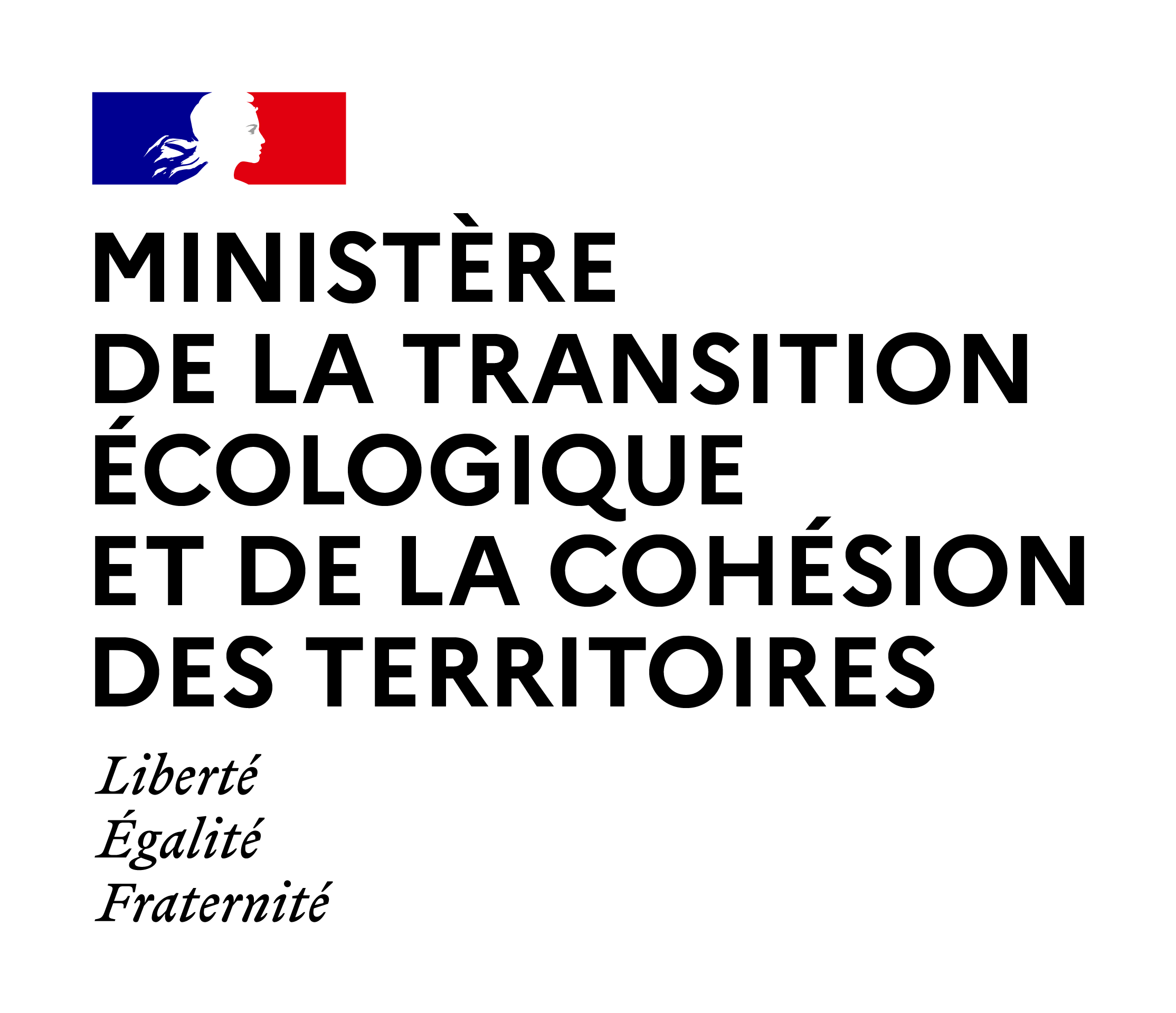Dans un contexte de consommation accrue de matières au niveau mondial, un préalable à la mise en œuvre de politiques d’économie circulaire consiste en une meilleure connaissance des quantités de matières primaires mobilisées par les activités économiques. À ce titre, l'empreinte matières mesure aussi bien les quantités de matières primaires directement contenues dans les produits consommés que celles utilisées dans le processus productif, en France ou à l'étranger. Cette étude propose une mesure de l'empreinte matières de la France pour l'année 2013, contribuant à améliorer la méthodologie actuellement mise à disposition par Eurostat pour les États membres de l'Union européenne. L’empreinte matières ainsi calculée vise à être plus cohérente avec la structure du système productif français et à pouvoir être décomposée à un niveau fin selon les matières (51 matières), les catégories de produits (151 catégories) et les composantes de la demande (consommation, investissement…).
The material footprint of consumption in France: a mapping by materials and products
Abstract
In a context of increasing material consumption at the global level, a better knowledge of material flows used by economic activities is a prerequisite for implementing circular economy policies. In that sense, the Raw Material Consumption indicator (RMC) is a measure of raw material flows directly included in products and those used in the production process, in France or abroad. This study develops a measure of the RMC for France and the year 2013, improving the methodology currently provided by Eurostat to the Member States of the European Union. The resulting RMC aims at ensuring a better consistency with the production structure of the French economy and providing a disaggregation by materials (51 material), goods and services (151 products) and components of final demand (consumption, investment…). We find that agricultural and agri-food products contribute to the main part of the biomass RMC, while the minerals RMC is mainly explained by investment in construction. Fossil fuels RMC is more uniform between products, reflecting the role of energy and transport services in the production process of goods and services. Metals RMC essentially results from manufactured goods (namely machinery and vehicles) but also from construction. Finally, households consumption highly contributes to biomass and fossil fuels RMCs, whereas minerals and metals RMC stems much more from firms investment.
Abstract
In a context of increasing material consumption at the global level, a better knowledge of material flows used by economic activities is a prerequisite for implementing circular economy policies. In that sense, the Raw Material Consumption indicator (RMC) is a measure of raw material flows directly included in products and those used in the production process, in France or abroad. This study develops a measure of the RMC for France and the year 2013, improving the methodology currently provided by Eurostat to the Member States of the European Union. The resulting RMC aims at ensuring a better consistency with the production structure of the French economy and providing a disaggregation by materials (51 material), goods and services (151 products) and components of final demand (consumption, investment…). We find that agricultural and agri-food products contribute to the main part of the biomass RMC, while the minerals RMC is mainly explained by investment in construction. Fossil fuels RMC is more uniform between products, reflecting the role of energy and transport services in the production process of goods and services. Metals RMC essentially results from manufactured goods (namely machinery and vehicles) but also from construction. Finally, households consumption highly contributes to biomass and fossil fuels RMCs, whereas minerals and metals RMC stems much more from firms investment.



